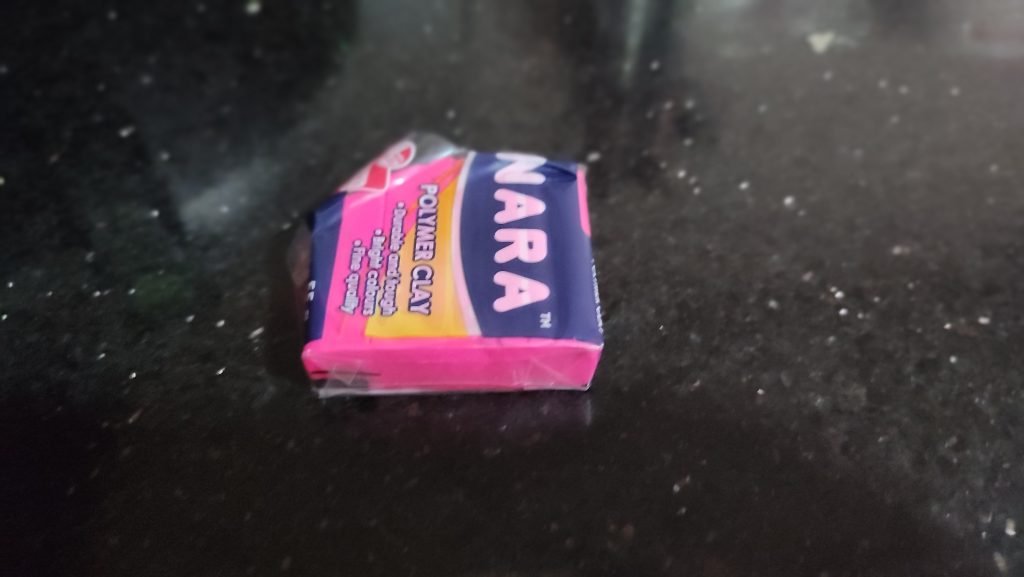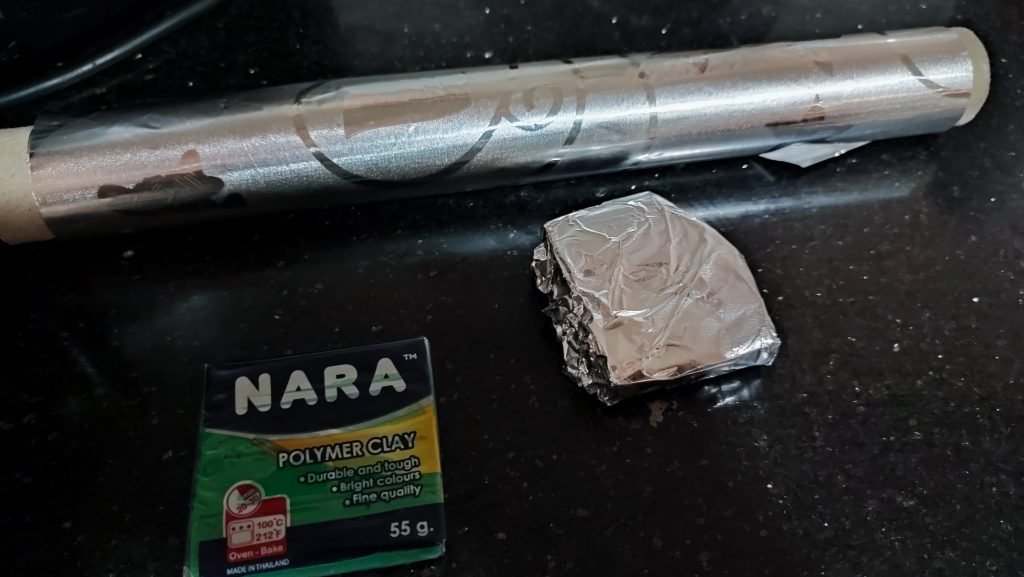Polymer clay is a versatile and vibrant medium that allows artists and crafters to create intricate designs and unique pieces. Whether you’re a beginner or an experienced polymer clay enthusiast, proper conservation techniques are essential for preserving the quality and longevity of this remarkable material. In this article, we’ll explore some valuable tips on how to effectively conserve your polymer clay, ensuring that it remains in optimal condition for your creative endeavors.
1. Proper Storage:
One of the key factors in conserving polymer clay is ensuring appropriate storage. To prevent drying or hardening, it’s crucial to store your clay in an airtight container or resealable bag. This protects it from exposure to air, which can cause it to become brittle and difficult to work with. Prior to storing, ensure that the container or bag is clean and dry to avoid any unwanted contamination.
2. Shield from Light:
Polymer clay is sensitive to light and can undergo color changes or fading when exposed to prolonged or intense light. To protect your creations, it’s recommended to store them in a dark or opaque container. Consider using a drawer, box, or cabinet away from direct sunlight or strong artificial light sources. Shielding your clay from light will help maintain its vibrancy and prevent any unwanted alterations in color.
3. Temperature Control:
Temperature fluctuations can adversely affect the consistency and properties of polymer clay. Extreme heat can cause it to soften or even melt, while cold temperatures may make it more brittle. Aim to store your clay in a controlled environment at room temperature, ideally between 18 and 25 degrees Celsius (64 and 77 degrees Fahrenheit). Avoid placing it near heat sources such as radiators or direct sunlight, as well as cold spots like refrigerators or freezers.
4. Separate and Label:
If you work with different colors or types of polymer clay, it’s essential to keep them separated to prevent color transfer and mixing. Store each color or type individually in separate containers or bags, clearly labeled for easy identification. This organization not only preserves the integrity of your clay but also saves you time and effort when selecting the desired shade for your projects.
5. Softening Agents:
Over time, polymer clay can become stiff and difficult to work with. Fortunately, there are softening agents available on the market specifically designed to restore its flexibility. These agents help rejuvenate the clay by adding moisture and pliability. Follow the instructions provided by the manufacturer when using softening agents to ensure optimal results without compromising the clay’s characteristics.
6. Regular Inspections:
Periodically inspect your stored polymer clay to identify any signs of deterioration. Check for changes in texture, color, or any unusual odors. If you notice any abnormalities, discard the affected clay as it may no longer be suitable for use. Regular inspections allow you to promptly address any issues and ensure that your clay is always in prime condition.
Methods of conserving your polymer clay:
- KEEP YOUR CLAY PACKAGING
Once you have opened your block of clay, take the amount you need for your creation and wrap the remaining clay in its original packaging. Add a small piece of tape to secure the paper around it and keep it in place.

- USE ALUMUNUM FOIL
Aluminum foil or aluminum paper, can be a useful tool for conserving polymer clay. When properly utilized, it helps maintain the moisture and freshness of the clay, preventing it from drying out or hardening.
To use aluminum foil for clay conservation, wrap the clay tightly in the foil, ensuring that it is completely covered. This creates a barrier that seals in the moisture, keeping the clay pliable and workable for an extended period. Additionally, aluminum foil helps protect the clay from external factors such as light and air, which can affect its texture and color.

- STORE IN AN AIRTIGHT CONTAINER
Once you have wrapped your leftover clay or canes in cellophane wrap or their original packaging, you should store them in airtight containers that minimize air exposure. This not only helps preserve the clay but is also a good recycling idea.

Polymer clay opens up a world of creative possibilities, and proper conservation is vital for preserving its quality. By following these tips for storing and protecting your polymer clay, you can enjoy its versatility and beauty for years to come. Remember to keep it in airtight containers, shield it from light, control the temperature, separate and label different colors, use softening agents when needed, and regularly inspect for any changes. With these conservation practices in place, your polymer clay will remain a reliable medium for your artistic expressions.




Leave a Comment